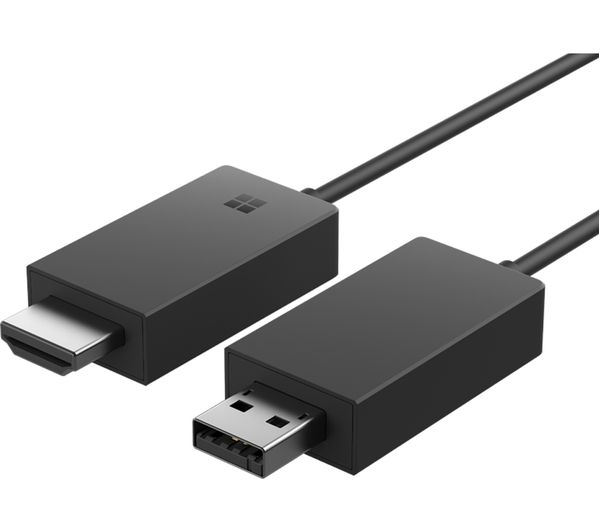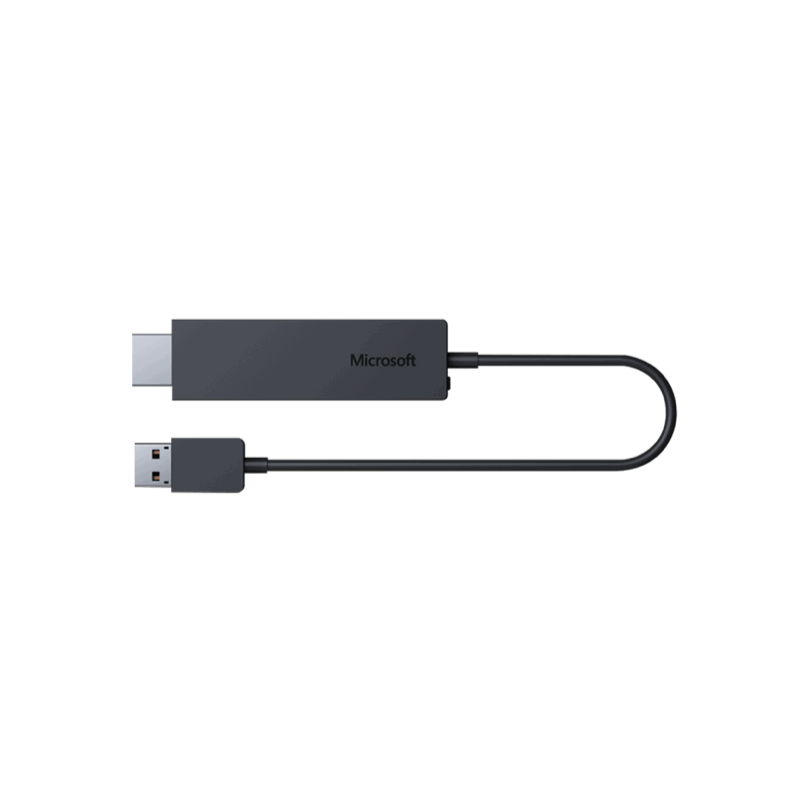

- #MICROSOFT WIRELESS DISPLAY ADAPTER V1 VS V2 DRIVERS#
- #MICROSOFT WIRELESS DISPLAY ADAPTER V1 VS V2 WINDOWS 10#
- #MICROSOFT WIRELESS DISPLAY ADAPTER V1 VS V2 PC#
It is important to note that Miracast over Infrastructure is not a replacement for standard Miracast.
#MICROSOFT WIRELESS DISPLAY ADAPTER V1 VS V2 WINDOWS 10#

You can achieve this by either allowing your Surface Hub to register automatically via Dynamic DNS, or by manually creating an A or AAAA record for the Surface Hub's hostname. The DNS Hostname (device name) of the Surface Hub or device needs to be resolvable via your DNS servers.
#MICROSOFT WIRELESS DISPLAY ADAPTER V1 VS V2 PC#
As a Miracast source, the Windows PC or phone must be connected to the same enterprise network via Ethernet or a secure Wi-Fi connection.If the Surface Hub or device is connected to an open Wi-Fi connection, Miracast over Infrastructure will disable itself. using either WPA2-PSK or WPA2-Enterprise security). As a Miracast receiver, the Surface Hub or device must be connected to your enterprise network via either Ethernet or a secure Wi-Fi connection (e.g.A Windows PC or phone can act as a Miracast over Infrastructure source. A Surface Hub or Windows PC can act as a Miracast over Infrastructure receiver.

The Surface Hub or device (Windows PC or phone) needs to be running Windows 10, version 1703.To take advantage of it in your environment, you need to ensure the following is true within your deployment: If you have a Surface Hub or other Windows 10 device that has been updated to Windows 10, version 1703, then you automatically have this new feature. If the name is not resolvable via either DNS method, Windows 10 will fall back to establishing the Miracast session using the standard Wi-Fi direct connection.įor more information on the connection negotiation sequence, see Miracast over Infrastructure Connection Establishment Protocol (MS-MICE) Enabling Miracast over Infrastructure When the user selects a Miracast receiver, Windows 10 will attempt to resolve the device's hostname via standard DNS, as well as via multicast DNS (mDNS). When the list of Miracast receivers is populated, Windows 10 will identify that the receiver is capable of supporting a connection over the infrastructure.

Users attempt to connect to a Miracast receiver through their Wi-Fi adapter as they did previously.
#MICROSOFT WIRELESS DISPLAY ADAPTER V1 VS V2 DRIVERS#


 0 kommentar(er)
0 kommentar(er)
